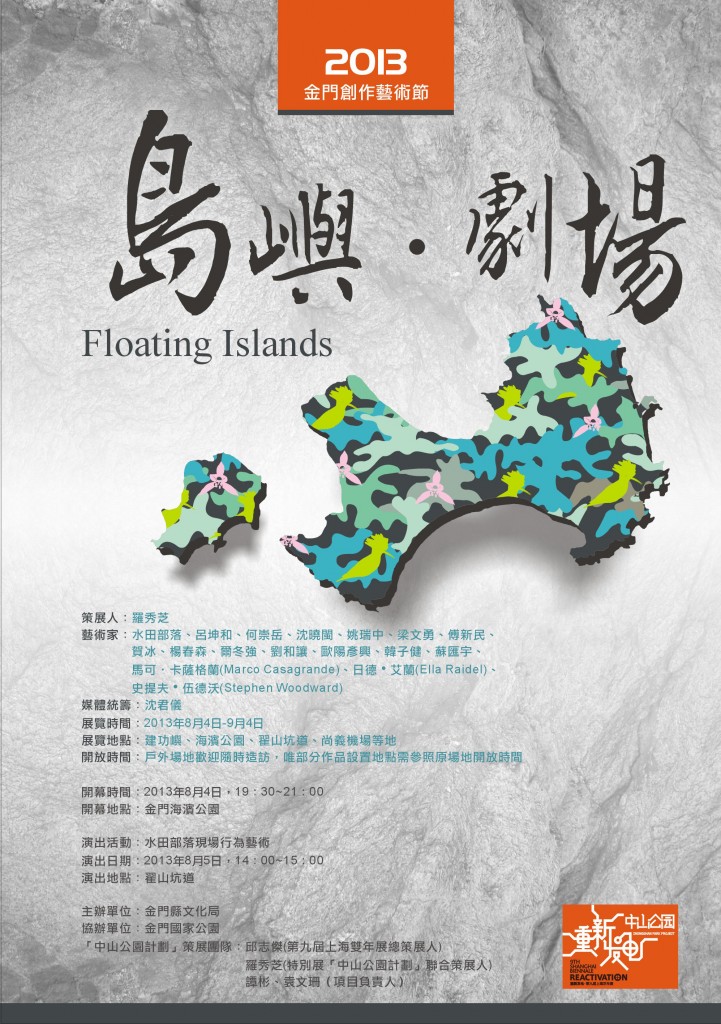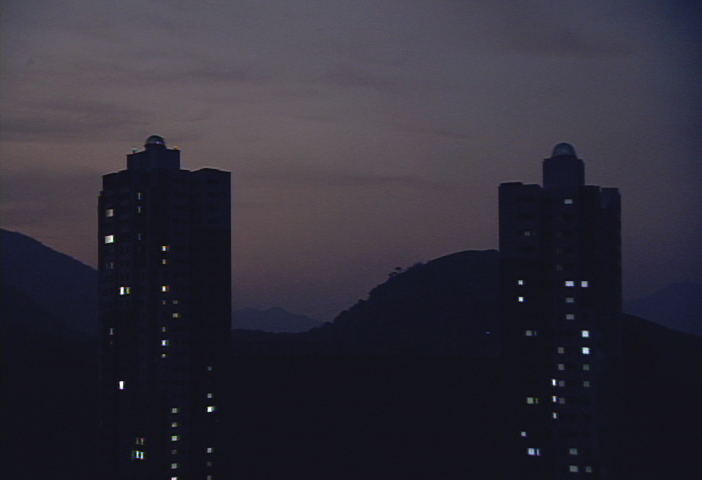Double Happiness in review:
“A wild, almost surreal doc”
.
SLAM VIDEO MAPUTO, 27 Min., 2010
In cooperation with the International Filmfestival Rotterdam ‘Forget Africa’
SLAM VIDEO MAPUTO investigates the making of self-image in media of Mozambique where its popular culture mirrors the intersection of global and local cultures that unparalleled social and economic relations are deployed. The film shows the cultural practice of Afro-pop, where gangsta rap, hip-pop, poetry slam and traditional music are fused and reversed as well, in order to illustrate its economic and political dimensions.
Continue reading
Crossing Europe Filmfestivaltrailer by Ella Raidel
Crossing Europe Filmfestival Linz 23.-28. April 2013
The Big Nomad Prize at the Urban Nomad Film Fest Taipei 2014
for Cinema Isn’t I See, It’s I Fly as the best overall short film.
Ella Raidel _Metaphorm_2013_Kinmen Island, 金城海濱公園, Kinmen Island, Jincheng Beach Park
480cm (L) x 330cm (W) , Concrete
The work can be a shelter, pavilion or dwelling place. The visual lexicon of its form is derived from nature. It is a fantasia of spatial experience located at the site where the skies meet the sea. Whether from a seated or standing perspective, the vista of the outside world from within the shelter becomes a language of form that differentiates interiority from exteriority. Light moves between the two realms to accent the plight of nature and man.
作品是房子、屏蔽, 也是人的居處及堡壘。從大自然轉換而來的形式語彙, 象徵母體的誕生與屏障,同時也印證著不斷與自然搏鬥的歷史, 結晶為文化的人類活動。一方面,與金門的戰地碉堡的人為環境對話, 另一方面也映照著周遭利用岩洞築巢而居的鳥類, 在海天一色的環境中轉換為奇幻的空間經驗。 讓人從人或坐或臥的休憩,從窗口仰望屏蔽外的世界, 區分出內與外的形式語言的換喻,光線在之間穿越,裝點出自然與人的處境。

Short Videoclip
The Making of Metaphorm
‘Somewhere, late afternoon…’ Video, 11 min., 2007, Ella Raidel/Hongjohn Lin

An architecture model is used to represent a typical living space found commonly in Taipei. The setup suggests the model as a real building well placed into the oriental landscape, suggesting a harmonious and ideal relation to the nature. Florescent lights turn on and off in the building and the camera slowly unfold the building complex partially in order to celebrate the seduction of dwelling in such space and its surrounding. The buildings appear slowly out of the landscape and merge in darkness to create an act of pure gaze onto the projected image. What rendered is not a complete picture of the building, but a partially seen object, visualizing the desire of living in contemporary times.
Distributed by Sixpackfilm Vienna
‘Somewhere, late afternoon…’ was commissioned for the exhibition ‘Discovering the Other [curated by Gertjan Zuilhof], International Film Installations at the National Palace Museum Taipei
Participating Artists: Merilyn Fairskye, Apichatpong Weerasethakul, Tsai Ming Liang, Yael Bartana, Deborah Stratman,Edgar Honetschlaeger, Ella Raidel/Hongjohn Lin
Further Screenings:
Breaking Ground
60 Years of Experimental Cinema from Austria [curated by Brent Klinkum]
2012, UCLA Cinema + LA Filmforum, Anthology Film Archive New York […]
Milano 2015, Filmmaker Festival
A to A: perspective on Austrian Avant-Garde